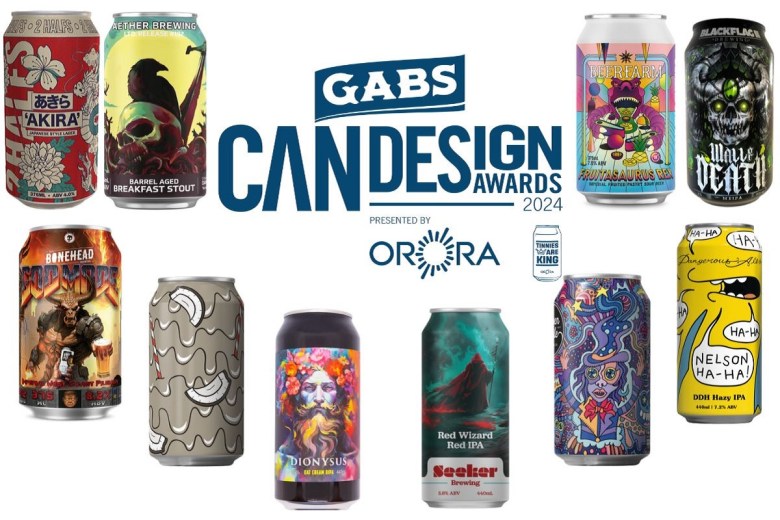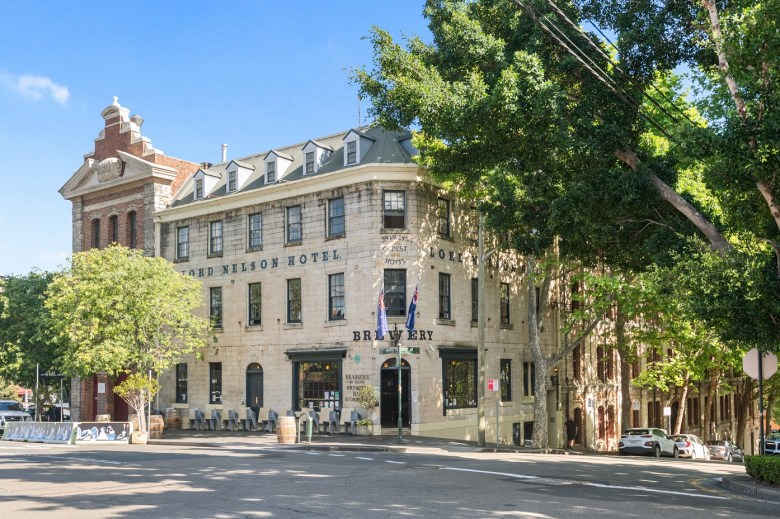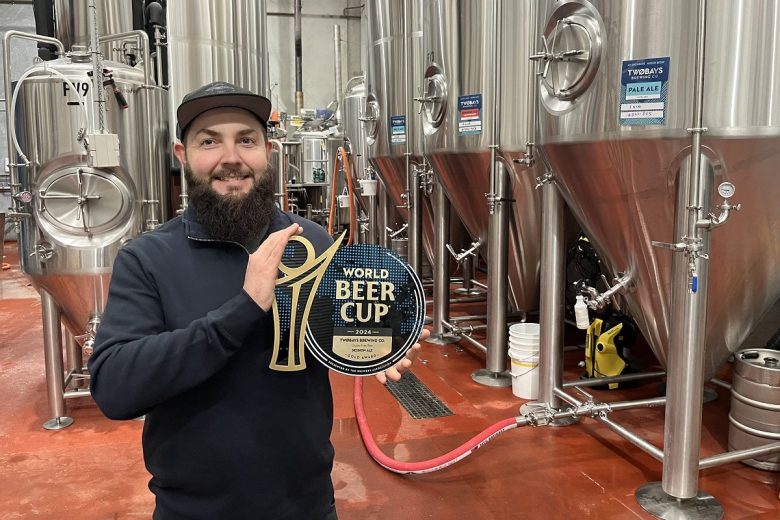 Young Henrys and Vic on the park team up to host live and free music event, Rock & Roll Circus 2025.
Young Henrys and Vic on the park team up to host live and free music event, Rock & Roll Circus 2025.  Young Henrys and Vic on the park team up to host live and free music event, Rock & Roll Circus 2025.
Young Henrys and Vic on the park team up to host live and free music event, Rock & Roll Circus 2025.  Young Henrys and Vic on the park team up to host live and free music event, Rock & Roll Circus 2025.
Young Henrys and Vic on the park team up to host live and free music event, Rock & Roll Circus 2025. The boys are back! Andy and Danny sit down and plow through some of the most notable items for discussion the world of beer, including: Fidens Brewing changes. The age old debate on who get’s a Pliny keg. Mind Haze Turbo Radlers Toronado San Franciso for sale. Lost Abbey Duck Duck Gooze 2025. Sierra Nevada […]
The post Podcast EP 272 – Hot Beer Talk with Andy and Danny appeared first on The Full Pint - Craft Beer News.
 With just five years under its belt, Mountain Culture secured a historic three-peat in the GABS Hottest 100 poll.
With just five years under its belt, Mountain Culture secured a historic three-peat in the GABS Hottest 100 poll. Many small-town breweries are woven into the fabric of their surroundings. They're gathering places for tourists and locals alike, representing Americana at its finest.
The post Live and Brew in a Small Town appeared first on CraftBeer.com.
 Brunswick brewery Keeper Brewing is continuing its focus on crafting one style of beer, the Pilsner, as the category grows in demand.
Brunswick brewery Keeper Brewing is continuing its focus on crafting one style of beer, the Pilsner, as the category grows in demand. Communal singing groups unite people through casual, joyful experiences blending beer and song, fostering connection and rediscovery in community spaces.
The post Singing For Your Beer: Hops & Hymn appeared first on CraftBeer.com.
At Iowa's rapidly expanding Big Grove Brewery, the goal isn’t to make money today, but to make people come back tomorrow.
The post Big Grove’s Big Plans: Give Iowa a Try appeared first on CraftBeer.com.
Don't call it a comeback: Detroit's vibrant craft beer scene mirrors the city's own renaissance.
The post Celebrating Detroit’s Craft Beer History appeared first on CraftBeer.com.
Danny and Andy are back in the studio to discuss their favorite beverage, beer! Items of discussion include: The latest chapter in the Modern Times Beer saga. New Glarus expansion news. Danny’s funny Dan Carey story. Highland Park Beer wins big. Jonny and Danny’s trip to Schilling Beer. Sierra Nevada Throwback Pack! Old Guardian in […]
The post Podcast EP 269 – Fall Beer Chat Show with Andy appeared first on The Full Pint - Craft Beer News.
There’s an old saying in winemaking that it takes a lot of great beer to make great wine. But in the brewing industry, it takes plenty of great tacos to make great beer.
The post Tacos & Beer: Fueling the Yakima Valley’s Hop Harvest appeared first on CraftBeer.com.
 Owner Ralph Bungard spoke about the changing perception of beer, 20 years of ups and downs, and what makes Three Boys special.
Owner Ralph Bungard spoke about the changing perception of beer, 20 years of ups and downs, and what makes Three Boys special.  The 10 finalists have been chosen by a public vote and will now be assessed by a panel of judges before the winner is announced on 13 September.
The 10 finalists have been chosen by a public vote and will now be assessed by a panel of judges before the winner is announced on 13 September.  US beer collector Paul Kostrowski started collecting beer cans in 1969 and since then he has amassed a collection of over 6100 beer bottles and cans.
US beer collector Paul Kostrowski started collecting beer cans in 1969 and since then he has amassed a collection of over 6100 beer bottles and cans.  Frenchies Brewery Head Brewer Sam McDonough spoke to Beer & Brewer about his decade in the industry, working with some of Australia’s most well-known craft breweries.
Frenchies Brewery Head Brewer Sam McDonough spoke to Beer & Brewer about his decade in the industry, working with some of Australia’s most well-known craft breweries. In an industry historically dominated by males, women in the Vermont beer industry are woven into the fabric of the breweries.
The post The Women of Beer in Vermont appeared first on CraftBeer.com.
 One of the pioneers of Australia's craft beer scene is hanging up his boots at 'The Lord' after 40 years of brewing.
One of the pioneers of Australia's craft beer scene is hanging up his boots at 'The Lord' after 40 years of brewing. The Chair has become the shaker pint of taproom furniture: ubiquitous, affordable, stackable, easy to clean, and largely unloved.
The post Buns of Steel: Why Every Brewery Taproom Has *That* Chair appeared first on CraftBeer.com.
 This week’s brewer spotlight highlights Kristian Martin, Head Brewer at dedicated gluten-free brewery Two Bays Brewing Co.
This week’s brewer spotlight highlights Kristian Martin, Head Brewer at dedicated gluten-free brewery Two Bays Brewing Co. Regardless of customs, environs, or condiments, beer is there to make a burger better.
The post Meat & Malt: Beer Makes Burgers Better appeared first on CraftBeer.com.
These movers and shakers are not only brewing top-notch beer, but are also making game-changing steps toward a craft beer industry that welcomes all.
The post Pride in Their Craft: LGBTQIA+ Brewers Build Community appeared first on CraftBeer.com.
Outer Range Brewing Co. is renowned for its IPAs and outdoor spirit. It was no surprise when its founders decided to open another brewery—but choosing to do it in the French Alps made quite the impression.
The post French Twist: Colorado’s Outer Range Opens Outpost in Alps appeared first on CraftBeer.com.
 Good Drinks Australia has re-released old favourite beer, with the return of Gage Road Brew Co's Little Dove New World Pale Ale to taps and shelves.
Good Drinks Australia has re-released old favourite beer, with the return of Gage Road Brew Co's Little Dove New World Pale Ale to taps and shelves. If the only things certain in life are death and taxes, then the only things certain in craft beer are inspectors and taxes. For brewers looking to release a new label, that means working with the once-dreaded Taxman.
The post Beer Label Bottlenecks appeared first on CraftBeer.com.